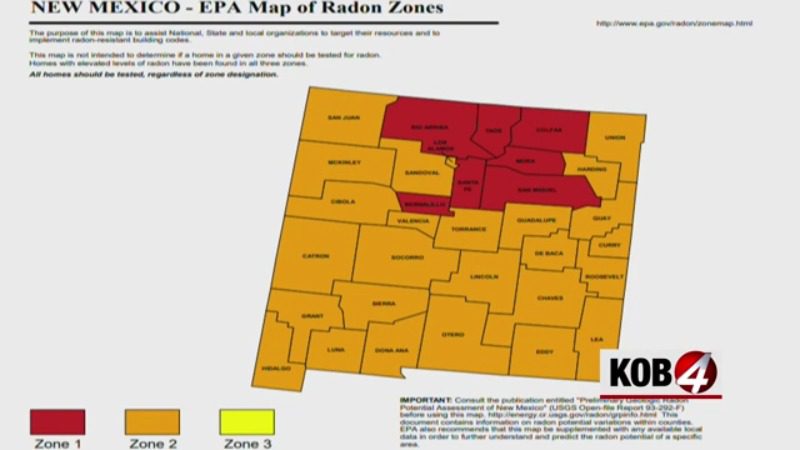Affordable radon detector | What the Tech?
[anvplayer video=”5159458″ station=”998122″]
ALBUQUERQUE, N.M. (WHAT THE TECH?) — January is Radon Awareness Month in the United States and the EPA recommends every home be tested for radon gas. Radon can cause serious health problems including death.
Radon is the second leading cause of lung cancer and is the #1 cause for non-smokers. The EPA estimates some 21,000 people die each year due to high levels of exposure to radon gas.
What is a high level and how do you find out?
Airthings makes several radon detectors for consumers. One of them is the Corentium, which is a handheld device that monitors radon levels around the clock.
After a couple of months of use in a basement, the device detected a long-term average of over 8 pCi.
January is Radon Awareness Month in the United States, and the Environmental Protection Agency recommends every home be tested for radon gas, as it can cause serious health problems including death.
The EPA urges homes with levels over 4 to be mitigated by a professional. We contacted a home inspector who has a professional radon detector and he left his device in the basement for over a week. When he returned, we found the levels on his device and the Airthings device was within a tenth of each other.
Out of concern for the radon levels, I contacted a professional radon mitigation company. They installed a mitigator that pulled air out of the ground below my home and used a fan to blow it out of the house. After a few days, the Airthings device showed radon levels in my home had dropped to .43 for the weekly average.
The Airthings Corentium Home device is around $180 but there are other, less expensive options.
Hardware stores sell home radon detection kits for about $25. Those require you to send the kit off to a lab to get the results.
Since radon levels fluctuate greatly, you may want to invest in your own monitor, especially if you live in an area where high radon levels are detected.
Click here to see the EPA’s map of levels in your area and county-by-county numbers:
